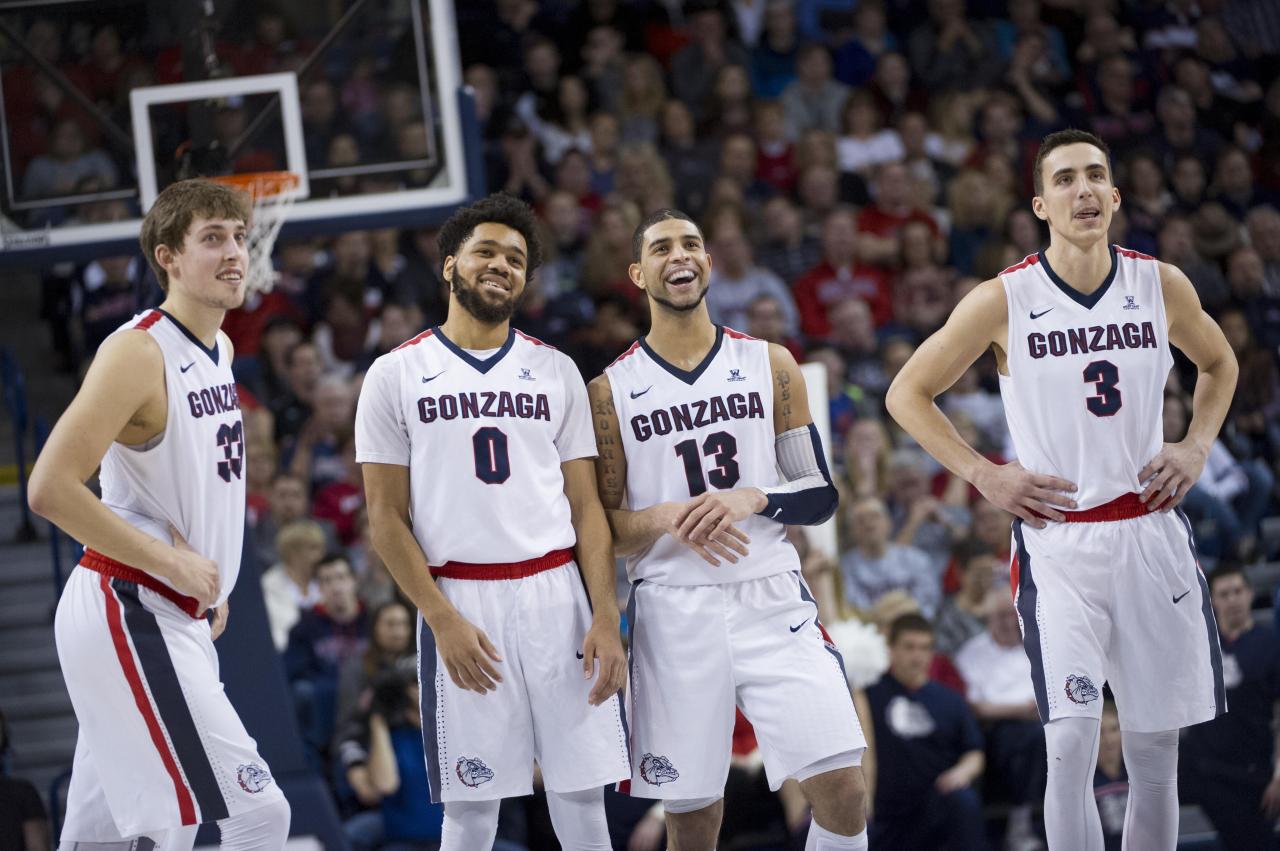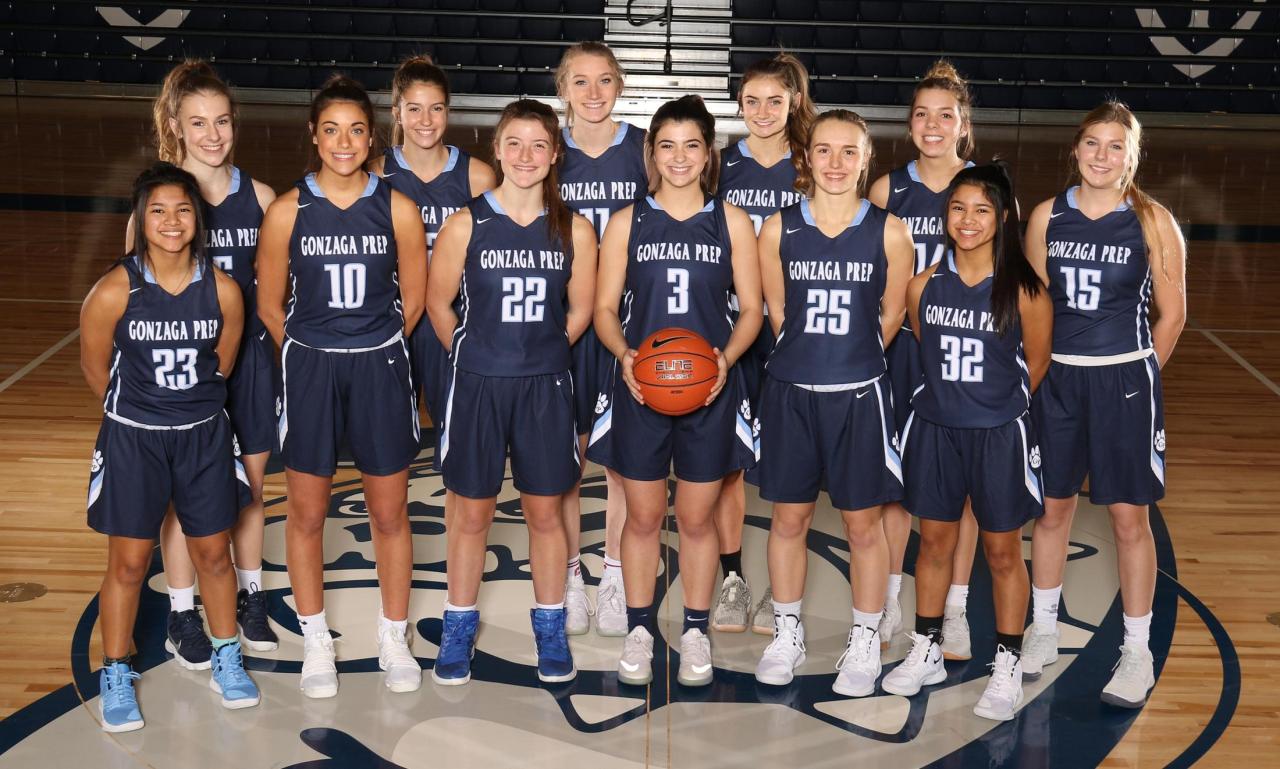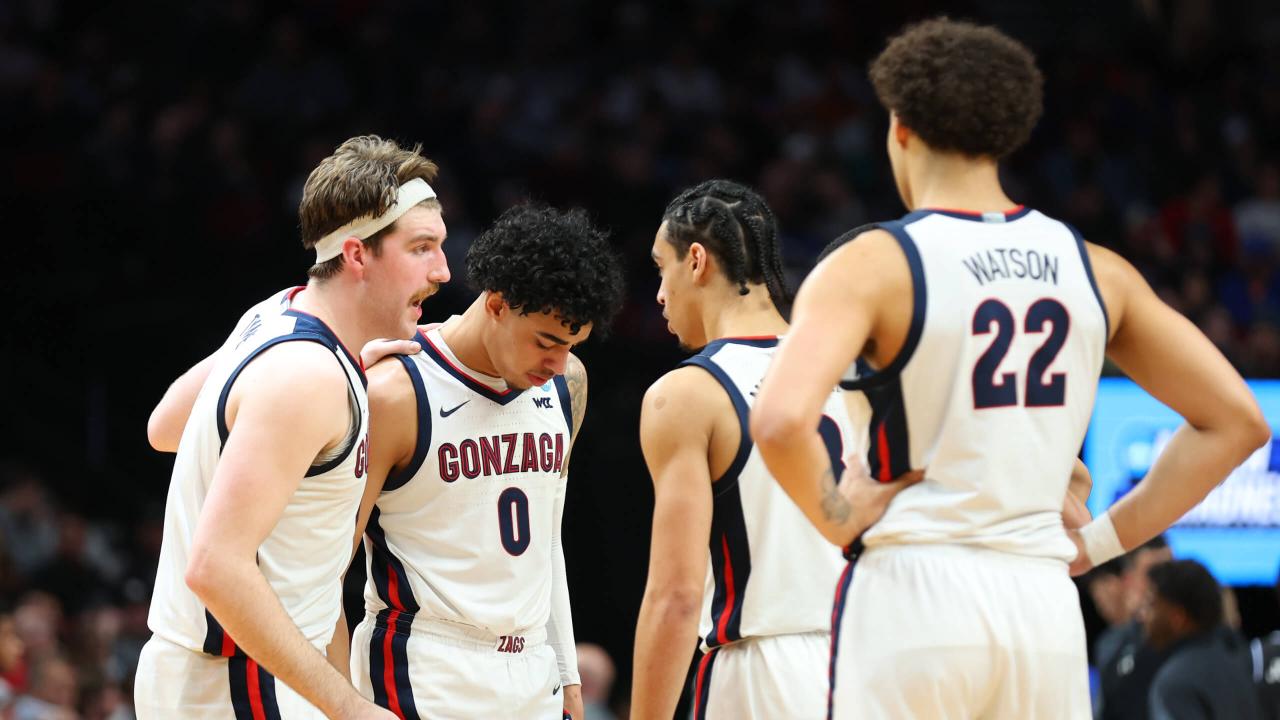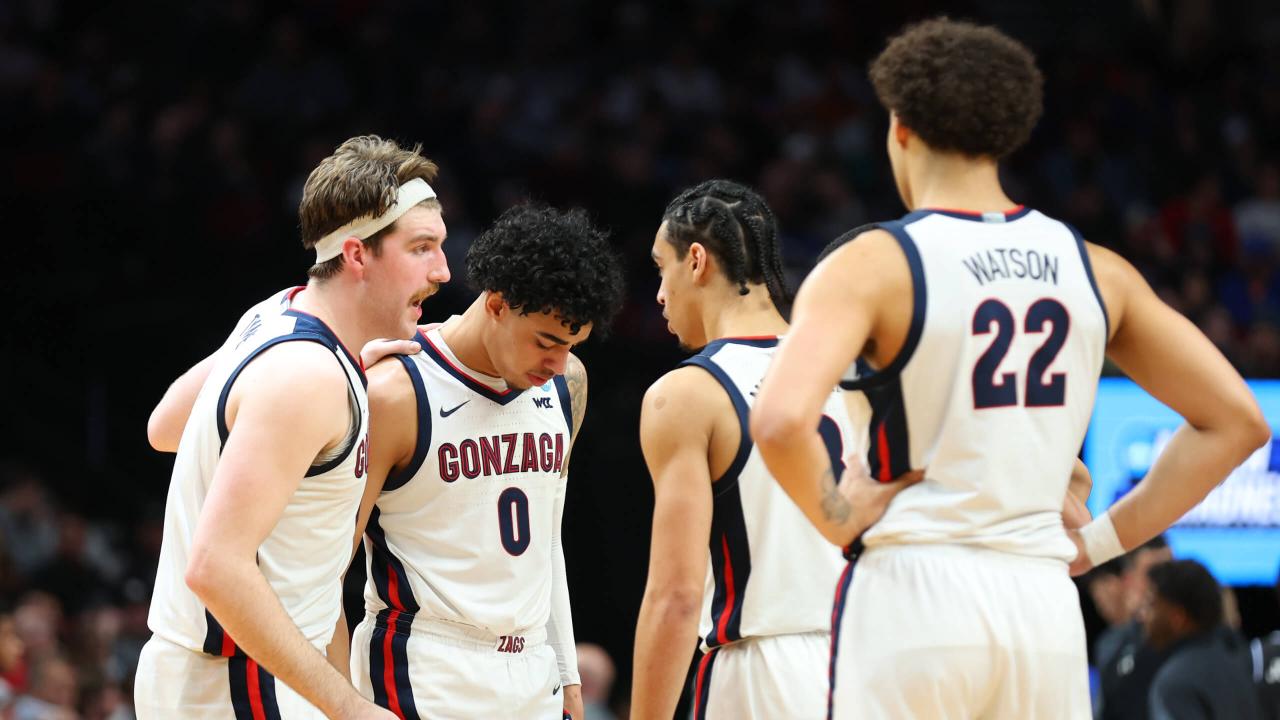Gonzaga basketball plane travel isn’t just about getting the team from point A to point B; it’s a story of logistical planning, economic considerations, and even environmental impact. This exploration delves into the history of the team’s air travel, examining the types of aircraft used, the costs involved, and the public perception surrounding their choices. We’ll uncover the advantages and disadvantages of private versus commercial flights, considering both the team’s perspective and the broader implications.
So, you’re interested in the Gonzaga basketball team’s travel arrangements, right? Their plane is probably pretty sweet, I bet it’s got a lot of room for the team and their gear. Thinking about large-scale coordinated movements makes me think of the amazing visuals of the shanghai drone show , which is a totally different kind of coordinated movement! Anyway, back to Gonzaga’s plane – I wonder if they have in-flight entertainment or a special team menu.
From analyzing the specifications of the aircraft to assessing the financial and environmental consequences, we aim to provide a comprehensive overview of the Gonzaga basketball team’s unique travel arrangements. We’ll also consider the media’s portrayal of their travel choices and explore potential strategies for minimizing their environmental footprint. Get ready for a detailed look behind the scenes of this fascinating aspect of college basketball.
Gonzaga Basketball Team’s Air Travel: Gonzaga Basketball Plane
Gonzaga University’s men’s basketball team enjoys a reputation for excellence on the court, and their travel arrangements reflect a commitment to efficiency and player comfort. This analysis explores the history, logistics, costs, and impact of the team’s extensive use of private charter flights.
Gonzaga Basketball Team Travel History, Gonzaga basketball plane

The Gonzaga Bulldogs have utilized private charter flights for a significant portion of their travel history, particularly for long-distance games and tournaments. While exact records aren’t publicly available, anecdotal evidence and media reports suggest an increased reliance on private charters over the past decade, likely driven by factors such as scheduling flexibility and player well-being. This shift is notable when comparing the team’s travel arrangements in the early 2010s, which may have involved a mix of commercial and charter flights, to their current near-exclusive use of private jets for out-of-state games.
A significant travel event was the team’s 2017 trip to the NCAA Tournament, where private flights ensured timely arrival and minimized disruption to their game preparation.
Aircraft Specifications and Ownership
Gonzaga typically uses mid-to-large sized private jets, such as those manufactured by Bombardier or Gulfstream, for team travel. These aircraft generally have seating capacities of 50 to 100 passengers, sufficient to accommodate the team, coaches, staff, and support personnel. The range of these jets allows for non-stop flights across the continental United States and even to international destinations. While precise ownership details are not publicly disclosed, it is highly probable that the team either leases or contracts with a third-party charter service for these flights, rather than directly owning the aircraft.
Rigorous maintenance and safety procedures, adhering to FAA regulations and industry best practices, are undoubtedly followed to ensure the safety and reliability of the aircraft.
Economic and Logistical Implications of Air Travel

The cost of operating private charter flights is substantial, encompassing fuel costs, crew salaries (pilots, flight attendants), maintenance, and insurance. While precise figures are unavailable, it’s safe to assume that the annual cost of chartering flights for the basketball team is in the hundreds of thousands, possibly exceeding a million dollars, depending on the number of games and distances traveled.
However, the logistical advantages of private jets are significant. Private flights offer greater flexibility in scheduling, avoiding potential delays associated with commercial flights, and providing direct access to airports closer to game venues. This minimizes travel time, allowing for more rest and preparation for the athletes.
| Cost Factor | Private Flight Cost (Estimate) | Commercial Flight Cost (Estimate) | Cost Difference (Estimate) |
|---|---|---|---|
| Fuel | $X | $Y | $X – $Y |
| Crew | $A | $0 | $A |
| Maintenance | $B | $0 | $B |
| Insurance | $C | $0 | $C |
Note: X, Y, A, B, and C represent estimated costs and will vary greatly depending on factors such as distance, aircraft type, and fuel prices. This table serves as a hypothetical illustration.
Ever wonder about the logistics of getting the Gonzaga Bulldogs basketball team around? It’s a big operation! You can learn more about the ins and outs of their travel arrangements, including the specifics of their team plane, by checking out this detailed article on the gonzaga basketball plane. It’s fascinating to see how a program of this size manages its travel needs.
So, next time you see them on the court, think about the journey they took to get there.
Public Perception and Media Coverage
Media coverage of Gonzaga’s travel arrangements has been mixed. Some outlets have highlighted the team’s commitment to player well-being and competitive advantage, while others have questioned the cost and environmental impact of using private jets. Public perception is similarly divided, with some viewing it as a necessary investment in the team’s success and others criticizing it as excessive spending.
- Pro Arguments: Enhanced player comfort and recovery, reduced travel time and fatigue, improved team performance, minimized disruption to training schedules, increased team cohesion.
- Con Arguments: High financial cost, potential perception of elitism, significant environmental impact, lack of transparency regarding funding sources.
Environmental Impact of Team Travel
The carbon footprint of Gonzaga’s air travel is significant due to the high fuel consumption of private jets. Estimating the exact impact requires detailed flight data, which is not publicly available. However, compared to other college basketball programs that may rely more on commercial flights, Gonzaga’s carbon emissions are likely higher. Mitigation strategies could include carbon offsetting programs, investing in sustainable aviation fuels, and exploring alternative transportation options for shorter trips.
This could involve a comprehensive strategy involving a combination of carbon offsetting initiatives and fuel efficiency improvements.
Team Player and Coach Perspectives
From the players’ perspective, private jet travel offers considerable benefits. The comfort and convenience, including spacious seating and reduced travel time, contribute to improved rest and recovery, directly impacting performance on the court. The reduced stress and enhanced team cohesion during travel are also significant advantages.
So, you’re interested in the Gonzaga basketball team’s travel plans, right? Their plane probably doesn’t have the same level of spectacle as the amazing light shows you’d see at a massive event like the china new year drone show , which uses thousands of coordinated drones. But thinking about the Gonzaga team’s travel logistics is a pretty interesting contrast to the sheer scale and artistry of that drone display.
It makes you appreciate the different ways people travel and celebrate!
For the coaches, the logistical advantages of private flights are paramount. The ability to efficiently schedule travel, minimize delays, and ensure timely arrival at games contributes significantly to effective game preparation and overall team management. While the cost is a factor, the benefits to the team’s performance and overall success outweigh the expenses in their view.
Conclusive Thoughts

Ultimately, the Gonzaga basketball plane story highlights the complexities of balancing athletic success with financial responsibility and environmental consciousness. While private flights offer unparalleled convenience and logistical advantages, they also come with significant costs – both financially and environmentally. Understanding the trade-offs involved provides valuable insight into the challenges faced by high-profile college athletic programs, prompting discussions about sustainability and responsible resource management in the world of college sports.
Question Bank
How much does it cost to operate the Gonzaga basketball team’s plane?
Precise figures aren’t publicly available, but operating costs for private jets are substantial, encompassing fuel, maintenance, crew salaries, and insurance.
Who pays for the Gonzaga basketball team’s air travel?
Funding likely comes from a combination of sources, including the university’s athletic budget, private donations, and potentially sponsorships.
Does Gonzaga always use a private jet?
While private charters are common, the team may use commercial flights for certain shorter trips or depending on scheduling and cost factors.
What safety measures are in place for the team’s flights?
The aircraft undergoes regular maintenance, and the team likely follows rigorous safety protocols consistent with industry standards.
